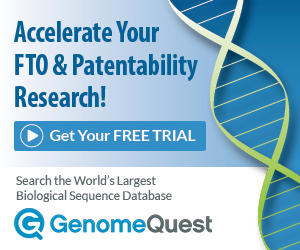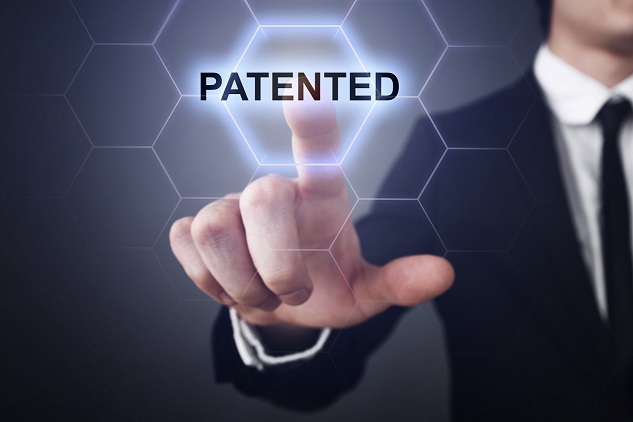 I’m going to let you in on a little secret: there’s a reason why we are the market leader in patent sequence search. It has surprisingly little to do with our user-friendly search interface, our stellar customer support, or our good looks. While (at least some of) these things certainly help, it is the content that can only be found in our GQ-Pat database of patent sequences that makes the real difference. Think all patent sequence databases are the same? Let me explain what I mean in some more detail.
I’m going to let you in on a little secret: there’s a reason why we are the market leader in patent sequence search. It has surprisingly little to do with our user-friendly search interface, our stellar customer support, or our good looks. While (at least some of) these things certainly help, it is the content that can only be found in our GQ-Pat database of patent sequences that makes the real difference. Think all patent sequence databases are the same? Let me explain what I mean in some more detail.
When, for example, a life science patent application is filed at the USPTO they ask that the inventor put all sequences into a nicely formatted list. This so-called “ST.25 listing” helps the examiners with their workflow and makes it straightforward to collect all sequences submitted to the office over time. In an ideal world, every inventor and every patent office would list sequences like this and that would be the end of it.
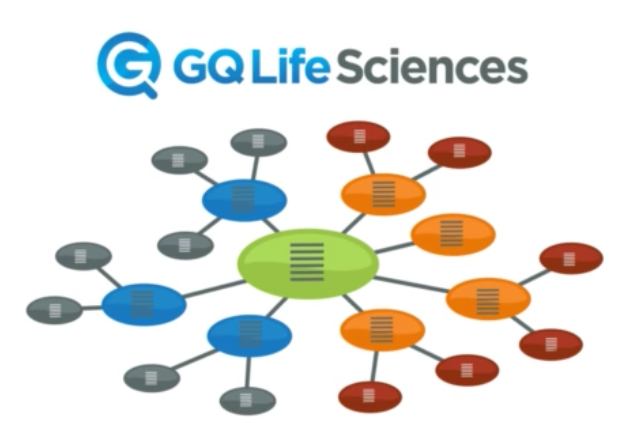 Those of you who have read my previous blog post
Those of you who have read my previous blog post  We are very happy to extend a warm welcome to Camile Semighini Grubor, PhD, our guest blogger who will be contributing her thoughts through a series of blogs based on her experience as a Patent Scientist.
We are very happy to extend a warm welcome to Camile Semighini Grubor, PhD, our guest blogger who will be contributing her thoughts through a series of blogs based on her experience as a Patent Scientist.
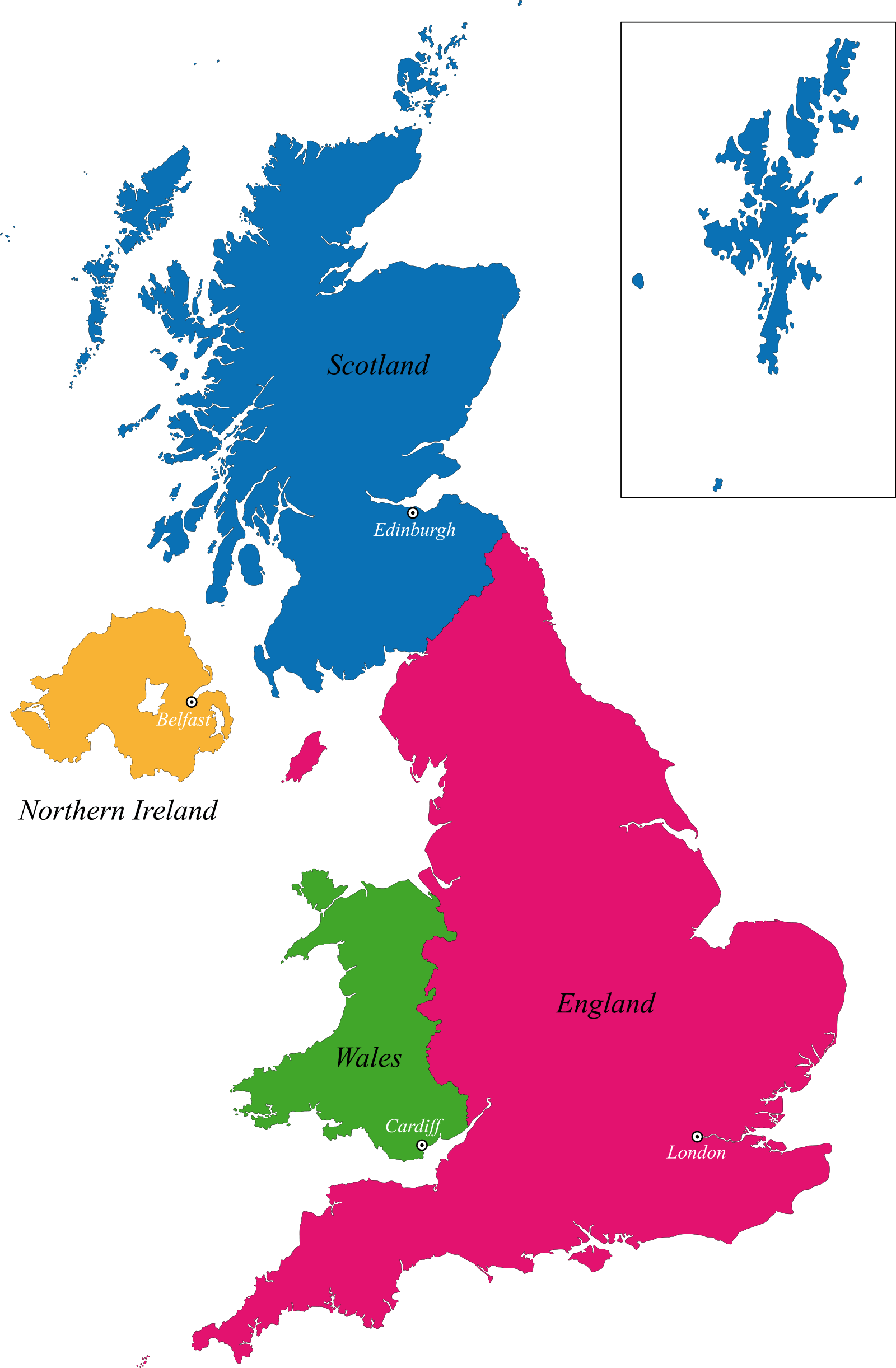 Background
Background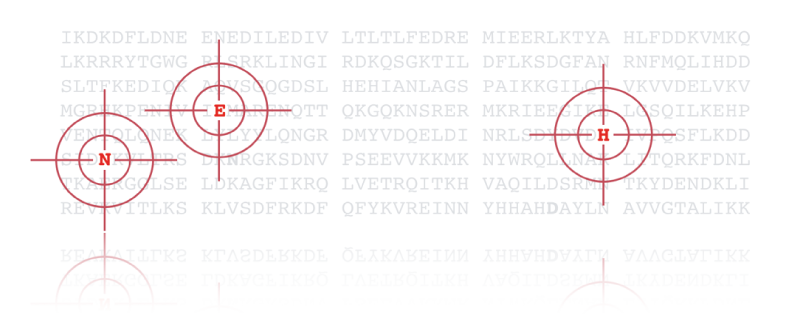 When you work with DNA or protein sequences, inevitably, you’re going to run into the challenge of finding similar biological sequences that have been listed in patents. In most cases, you’re likely to know specific mutations at specific positions that you want to search for. The challenge is, how do you define a query that delivers a manageable set of results?
When you work with DNA or protein sequences, inevitably, you’re going to run into the challenge of finding similar biological sequences that have been listed in patents. In most cases, you’re likely to know specific mutations at specific positions that you want to search for. The challenge is, how do you define a query that delivers a manageable set of results?